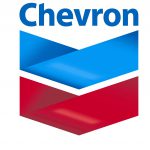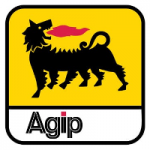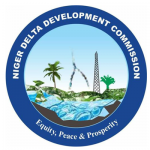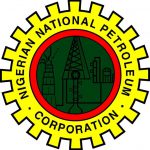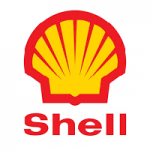
In industries where precision drives performance—such as oil and gas, manufacturing, and power generation—equipment calibration is not a luxury; it’s a necessity. At Aecem Services Limited, we recognise that the accuracy of instruments can mean the difference between seamless operations and costly downtimes.
Unfortunately, calibration processes are often plagued by subtle errors that can go unnoticed until a failure occurs. This blog highlights some of the most common calibration errors we’ve encountered in the field—and most importantly—how to avoid them.
Using Outdated or Inaccurate Calibration Standards
Calibration is only as good as the standard used. Using a reference instrument that is out of calibration or beyond its certification date is one of the most common pitfalls.
How to Avoid It:
- Always verify that calibration standards are themselves calibrated and traceable to a national or international standard.
- Maintain a calibration schedule for all reference devices.
- Use standards with an accuracy at least four times greater than the unit under test (known as the Test Accuracy Ratio, or TAR).
Environmental Conditions Not Accounted For
Temperature, humidity, pressure, and even electromagnetic interference can significantly affect calibration accuracy—especially for sensitive instruments.
How to Avoid It:
- Perform calibrations in a controlled environment, or compensate for environmental variables.
- Use environmental monitoring tools during calibration to log conditions.
- Allow instruments to stabilise at room temperature before proceeding.
Failure to Zero or Reset the Instrument
Skipping the zeroing step before calibration is a surprisingly common mistake. Instruments may carry residual readings or drift, leading to inaccurate results.
How to Avoid It:
- Always perform a zero check or baseline calibration before starting the process.
- Include zeroing as a mandatory step in your calibration procedure.
- Ensure no pressure or load is applied during zeroing.
Improper Connection or Setup
Incorrect wiring, loose connections, or using the wrong ports can lead to inaccurate readings or equipment damage.
How to Avoid It:
- Double-check the equipment manual for the correct setup procedure.
- Use labelled and dedicated calibration connectors and test leads.
- Train technicians to follow a checklist before powering on equipment.
Ignoring Warm-Up Times
Electronic instruments often require a warm-up period before they reach a stable operating condition. Skipping this step can cause significant calibration errors.
How to Avoid It:
- Follow manufacturer guidelines for warm-up time—typically 15 to 30 minutes.
- Schedule calibration slots to include sufficient warm-up time.
- Power up equipment early to avoid delays and rushed procedures.
Miscalculating Tolerances and Uncertainty
Assuming tolerances without verification or misunderstanding the uncertainty levels of a device can lead to misinterpretation of calibration results.
How to Avoid It:
- Clearly define acceptable tolerance and uncertainty levels before calibration.
- Use calibration software or templates to ensure consistency.
- Train personnel to understand measurement uncertainty and its implications.
Not Documenting Calibration Properly
A well-executed calibration process loses its value if it’s not properly recorded. Lack of documentation can lead to compliance issues and repeat errors.
How to Avoid It:
- Use standardised calibration certificates and records.
- Digitise calibration reports for easy storage and access.
- Include details like environmental conditions, serial numbers, technician name, and calibration results.
Inadequate Technician Training
Even the best procedures and equipment can’t prevent errors if the technician isn’t properly trained. Lack of skill or oversight is often at the root of many calibration mistakes.
How to Avoid It:
- Provide regular training and refresher courses for calibration personnel.
- Encourage knowledge-sharing between senior and junior technicians.
- Perform audits to ensure adherence to best practices.
Final Thoughts
Calibration is not just a technical process—it’s a discipline. Avoiding errors means committing to accuracy, consistency, and continuous improvement. At Aecem Services Limited, we don’t just calibrate equipment—we build trust by ensuring every instrument performs with absolute reliability.
Whether it’s a pressure gauge in a refinery or a flow meter in a chemical plant, you can count on us to deliver precise, traceable, and standards-compliant calibration services.
Have questions or need a custom calibration plan? Contact us now and let’s get started.


